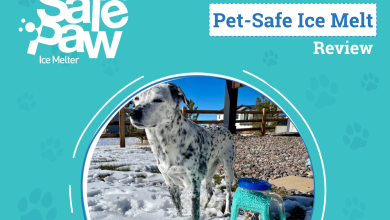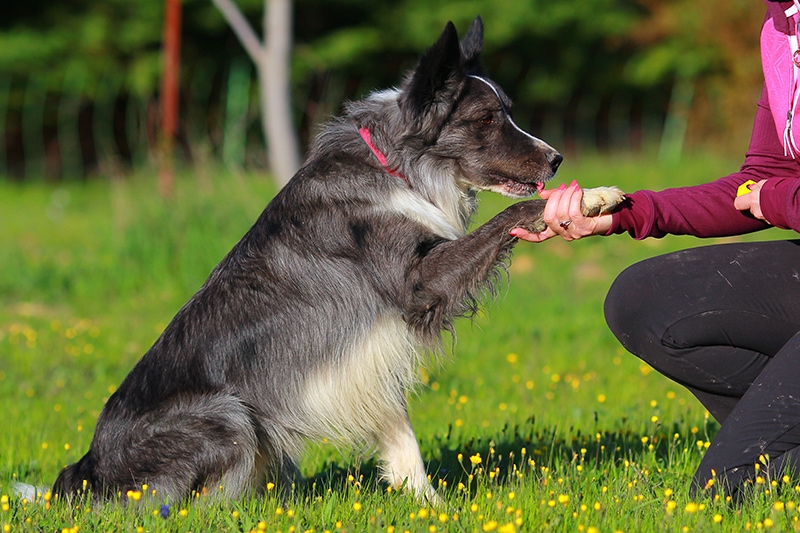
If you’ve ever owned a herding dog, you know how intelligent they are, how easy they are to train, and that they usually have a pretty even temperament. However, you also know that all of these things can lull you into a false sense of security when it comes to your furry pet.
The same good qualities that make these dogs great at herding can also put a damper on them when they are pets and expected to live the family life. Whether it’s a Corgi or a Collie, nipping is a real concern regarding herding dogs. If your furry friend has a problem controlling their urge to nip, you’ll need some help. Luckily, we have a few tips to help you stop your herding dog from nipping at you, the kids, and everyone else.

The 7 Tips for Stopping the Nipping Instinct in Your Herding Dog
We’ve gathered tips from veterinarians and trainers to help you resolve your dog’s nipping issues.
1. Use Basic Commands
The first thing you want to do is make use of some basic commands. Whether your dog is a working dog or a family pet, every herding dog should know a few basic commands. Try starting with the “come” command, which will stop your dog in his tracks when he goes to nip someone. Telling the dog to “sit” or “stay in place” will also work.
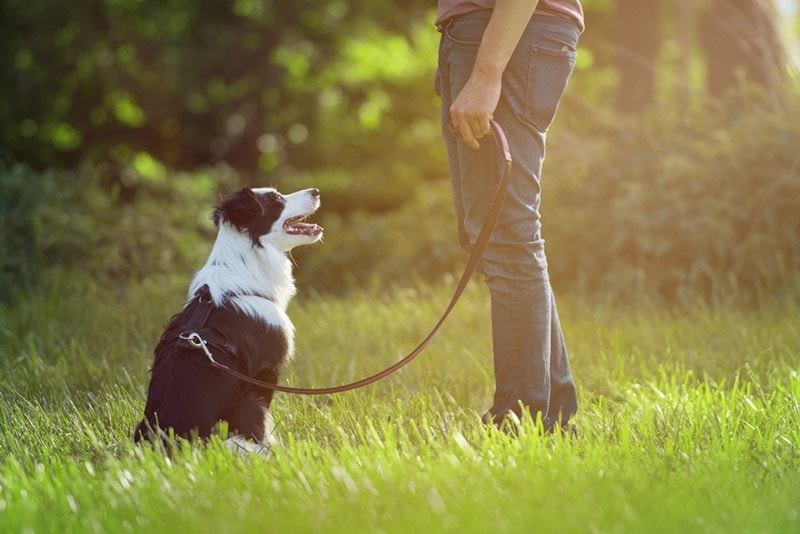

2. Keep a Look Out for the Triggers
There are cues that indicate your dog is on the verge of nipping at someone. If you can spot them, you’ll be able to stop your herding dog before he starts to nip someone to begin with.
Some of the most common triggers include kids running around together or cyclists riding by the house. If you see your dog get excited by your kids running or strangers, instruct him to sit and stay before he approaches them.
3. Train Slowly and Patiently
It’s best to train slowly, patiently, and consistently when it comes to weeding out the nipping instinct in your herding dog. You need to maintain dedicated training sessions if you want to stop your dog from nipping and biting.
Never have training sessions that last over 15 to 20 minutes to keep your dog engaged. You can increase the length later on but start slowly.


4. Keep a Toy at the Ready
It’s important to keep toys on hand to distract your dog when you’re in the park, on walks, or even in the backyard with friends and family. If the dog starts to nip or bite someone, you can distract him with a favorite toy before the behavior even begins.
5. Try Ignoring the Behavior
If your dog is nipping you, you could try ignoring it when it first happens. Many times, a herding dog will think that it’s a game if you acknowledge the behavior. Ignoring your dog when he goes to nip will teach him that he isn’t going to get your attention that way, and he’ll stop all on his own.
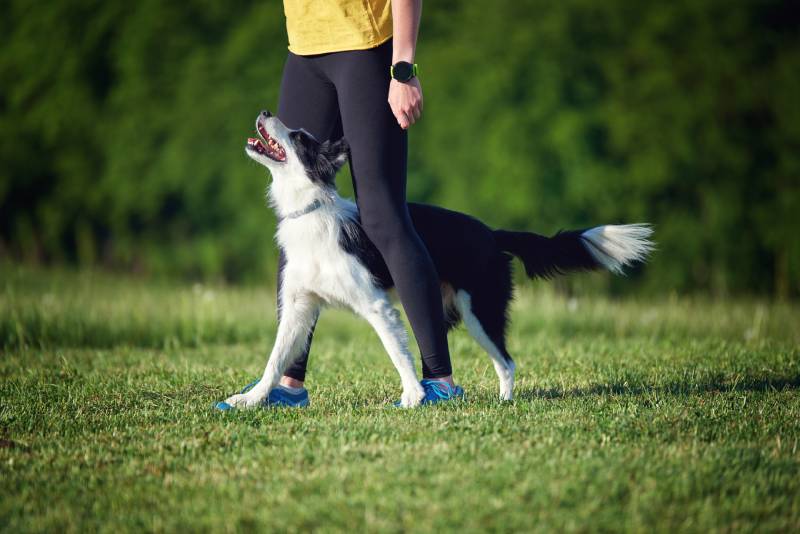

6. Try Socializing Your Herding Dog
Helping your herding dog overcome his instinct to nip often requires exposing him to more people, kids, and other pets. Take your dog to the park, around friends and family, and anywhere else where he’ll be in a social situation. This is easier if you’re raising the dog from a puppy, but it can still be done just as well with an adult. When your pup engages in several games with other dogs and people, he’ll learn there are other ways to participate besides nipping.
7. Use Patience and Positive Reinforcement
Patience and positive reinforcement are vital for teaching your herding dog not to nip. It’s best to keep treats on hand when you’re training and even when you’re not, so you can treat the dog when he doesn’t nip at anyone in social situations. Never yell at, hit, or punish your dog in any way if you want to stop the nipping, instead of making it worse.
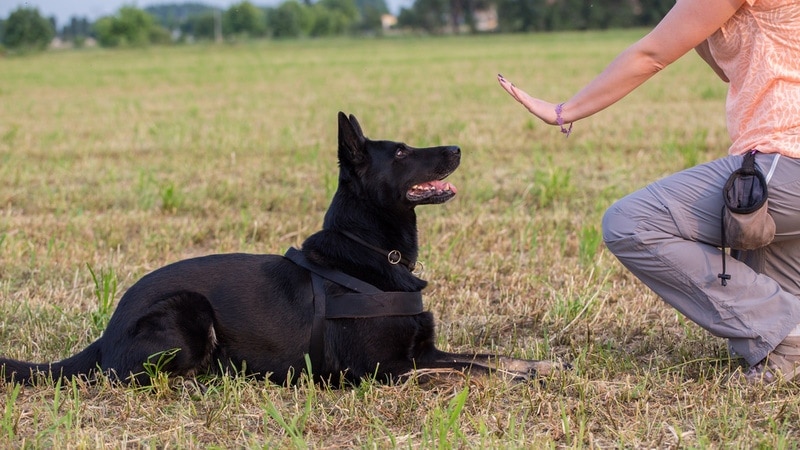



Final Thoughts
If you have a herding dog and he’s never been around many children, guests, or others in your home, the nipping behavior can be scary for everyone involved. The last thing you want is for someone to be bitten by your pet.
When herding dogs see a disorderly group, they want to restore order, and nipping and biting is how they control farm animals. If you have a herding dog, he’ll be easier to train and socialize when he’s young. However, you can train an adult, but it just takes more time and patience.
Featured Image Credit: Melounix, Shutterstock



